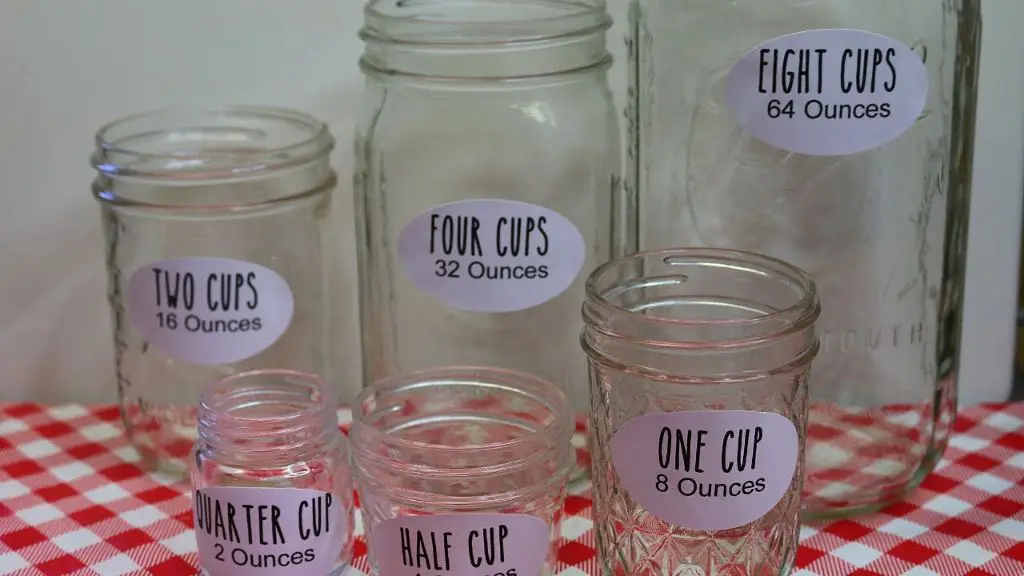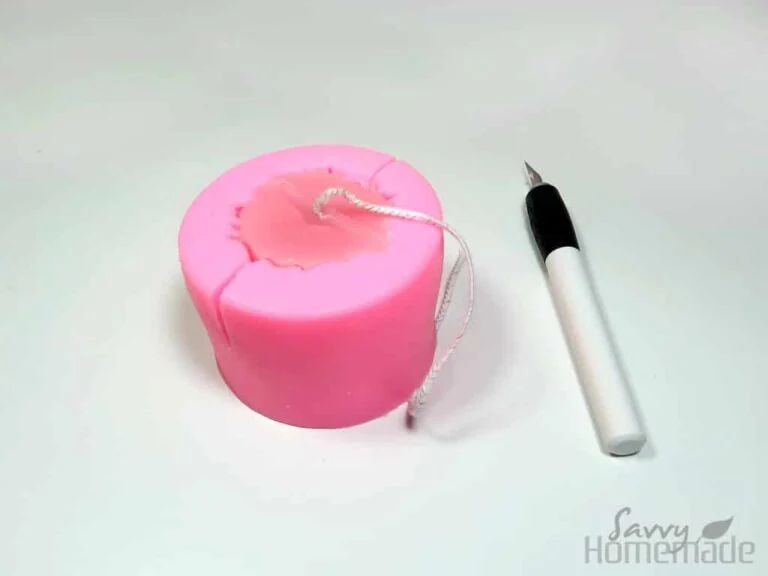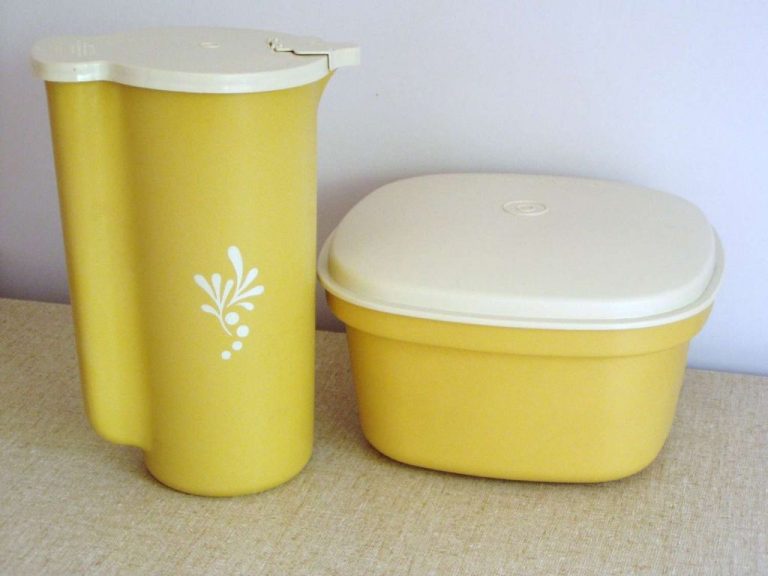What Are The Dimensions Of A Mason Jar?
Mason jars are a type of glass jar used for home canning and preserving food. The jars get their name from John L. Mason, who invented and patented the jar in 1858 (source).
Mason jars revolutionized food preservation due to their airtight lids and heat-tempered glass, allowing people to store fruits, vegetables, jams, jellies, sauces, and other foods for long periods. Before Mason’s invention, food preservation options were limited (source).
Today, Mason jars are a popular choice for canning and DIY projects. They come in a variety of sizes and are also commonly used as drinking glasses or decorative storage containers.
Standard Sizes
The most common Mason jar sizes are pint, quart, and half gallon. Here are the official and approximate dimensions for each:
Pint jar: Officially 16 oz capacity, approximately 6.5 inches tall with a 2.5 inch diameter mouth.
Quart jar: Officially 32 oz capacity, approximately 7.5 inches tall with a 3 inch diameter mouth.

Half gallon jar: Officially 64 oz capacity, approximately 9 inches tall with a 3.5 inch diameter mouth.
For precise measurements, Mason jar sizes can vary slightly between manufacturers. But these approximations give a good general sense of the standard pint, quart, and half gallon Mason jar dimensions.
Sources:
https://www.reddit.com/r/microgrowery/comments/hzhmap/standard_mason_jar_sizes_for_curing/
Mouth Sizes
Mason jars come in two standard mouth sizes – regular mouth and wide mouth. The regular mouth jars have an opening diameter of 2.75 inches or 7 cm, while the wide mouth jars have a larger opening of 3.38 inches or 8.6 cm (https://www.masontops.com/pages/what-are-mason-jar-mouth-sizes).
The regular mouth jars are better suited for liquids and ingredietns like whole fruits and vegetables that can fit through the opening. The wide mouth jars allow you to easily fill and empty the jars, making them ideal for packing larger pieces of food. Wide mouth jars are especially useful for recipes like chili, stews, and soups with bigger ingredients.
Both regular and wide mouth jars use the same lids and bands to seal. The only difference is the diameter of the jar mouth opening (https://www.healthycanning.com/lids-for-home-canning/). Knowing the mouth size for your jars allows you to purchase the right accessories and recipes.
Lids
There are two standard lid sizes for Mason jars – regular mouth and wide mouth. Regular mouth lids have a diameter of 2 3⁄4 inches or 70 mm. Wide mouth lids have a diameter of 3 3⁄8 inches or 86 mm (1).
Mason jar lids consist of two parts – the flat lid disc that seals against the rim of the jar, and the screw band that holds the lid in place while canning. The bands can be reused but the lids should not be reused after canning as the seal may be compromised (2).
Some common brands that make Mason jar lids include Ball, Kerr, Golden Harvest, and Anchor Hocking. The sizing is fairly standard but always check the packaging. Regular mouth lids are not interchangeable with wide mouth (1).
In addition to the standard lid sizes, some companies offer specialty lids. For example, Ball makes a 3-inch mini jar lid and Le Parfait offers a 89mm wide mouth “ultra” lid for their European jars (2).
Sources:
(1) https://www.healthycanning.com/lids-for-home-canning/
(2) https://www.itsmysustainablelife.com/mason-jar-sizes/
Bands
The band is the removable metal ring that screws onto the jar and holds the lid in place. Bands serve the important purpose of securing the lid during canning and storage. They allow the lids to be screwed on tightly to create an airtight seal.
Standard mason jar bands measure about 2.5 inches in diameter on the outside and 2.25 inches on the inside. The width of a regular mouth band is about 0.5 inches. Wide mouth bands are slightly larger at about 2.75 inches outer diameter and 2.5 inches inner diameter. The width of a wide mouth band is around 0.625 inches (Source).
Bands are made from thin metal that is durable but can bend to fit lids of various sizes. The ridges on the bands allow them to grip the glass jars securely. While the lids form the seal, the bands hold everything in place during canning and storage.
Jars vs Jugs
Jars and jugs are similar containers that are both typically used for storing food and liquids. However, there are some key differences between the two in terms of their dimensions and intended uses.
Jugs tend to have a more elongated, slender shape compared to jars. They are designed with a handle and spout for easy pouring. Jugs typically hold more volume than jars – often 1 quart or 1 gallon – and have wider mouth openings. Common materials for jugs include plastic, glass, or ceramic.
Jars usually have a wider, stouter profile and vertical sides. They come in a range of sizes from 4 oz to 1 gallon. Jars are designed for scooping contents out rather than pouring. They have a screw-on or clamp lid for an airtight seal. Jars are most commonly made of glass with a metal lid.
In summary, while jars and jugs can both hold liquids and foods, jugs are optimized for pouring while jars allow easy scooping access. Jars also tend to have a more compact shape compared to the tall, lean profile of jugs.
(Sources: https://www.paramountglobal.com/knowledge/jar-neck-thread-finish/, https://www.quora.com/What-is-the-difference-between-a-jar-and-a-jug)
Weight
Mason jars are made of glass and come in a range of sizes, which affects their average weight. According to Ball, a leading Mason jar manufacturer, some common weights are:
- 8 oz jar – 125 grams
- 16 oz jar – 280 grams
- 32 oz jar – 510 grams
The weight capacity depends on the size and durability of the jar. Standard Mason jars are designed to safely hold up to 1-2 pounds, with some specialty jars holding up to 5 pounds. Overfilling jars risks breakage and should be avoided. When estimating capacity, leave 1/2 to 1 inch of headspace for proper sealing and expansion.
According to the U.S. Department of Agriculture, average weight capacities are:
- 8 oz jar – 0.5 lbs
- 16 oz jar – 1 lb
- 32 oz jar – 2 lbs
Always refer to manufacturer guidelines for exact weight capacities. Mason jars are ideal for preserves, jams, pickles, and other items under the recommended weight.
Common Brands
The most common brands of Mason jars are Ball and Kerr. Both brands are owned by Newell Brands. While Ball and Kerr jars may look identical, there can be slight differences in dimensions between the two brands.
For example, a common size is the half-pint (8 oz) wide mouth jar. The dimensions for this size jar are:
- Ball – 3.25” diameter x 4.25” tall
- Kerr – 3.3” diameter x 4.2” tall
So while very similar, Ball jars tend to be slightly shorter while Kerr jars have a slightly wider mouth. However, for most purposes they are interchangeable.
Overall, Ball and Kerr make up the majority of mason jars on the market. Other brands like Anchor Hocking or Jarden Home Brands (Harvest) are less common but typically adhere to standard sizing.
Specialty Sizes
In addition to the standard mason jar sizes, some manufacturers offer unique or custom sizes for specialty uses:
8 oz – With a shorter, wider shape than a traditional mason jar, the 8 oz size is designed to fit spice jar spice rack dimensions. It allows you to decant and store spices and other ingredients in a small mason jar.
12 oz – Slightly taller than the 8 oz size, the 12 oz mason jar is popular for storing and displaying single servings of dry ingredients like beans, rice, pasta, trail mix, granola, etc. The compact shape can fit neatly on pantry shelves.
Half gallon – At 64 oz, the half gallon mason jar is much larger than typical sizes. It provides ample room for preparing and storing large batches of foods like sauces, juices, cocktail mixes, etc. The wide mouth accommodates easy filling.
Square – For a unique look, square mason jars are shaped like a cube while still using standard lid sizes. The flat sides allow for efficient stacking and refrigerator storage.
Conclusion
To summarize, the key dimensions of standard Mason jars are:
- 4 oz – 3.25″ height x 2.5″ diameter
- 8 oz – 4.5″ height x 2.75″ diameter
- 12 oz – 5.25″ height x 3″ diameter
- 16 oz – 5.5″ height x 3.25″ diameter
- 32 oz – 6.5″ height x 3.75″ diameter
- 64 oz – 9.125″ height x 4.5″ diameter
Mouth sizes come in regular (2.5″ diameter) and wide (3″ diameter). Lids range from 2.5-3.5″ diameter and bands are typically 0.5″ tall.
For more information on the many sizes and options for Mason jars, check out sites like Ball, Berlin Packaging, and Bellewood Cottage.



